Impact Plus reveals that SEO is the top priority for 61% of digital marketers.
Are you ready to outperform your competition?
That’s exactly why we’re delving into the critical world of SEO competitor analysis.
In this guide, we’ll be covering:
- The essential aspects of SEO competitor analysis for 2024
- How to identify your rivals’ strengths and weaknesses
- Tactics to capitalize on opportunities and boost your own SEO efforts
But first, let’s understand why SEO competitor analysis should be an integral part of your overall digital marketing strategy.
Link building cheat sheet
What is an SEO Competitor Analysis?
A competitor SEO analysis is a process of dissecting your rivals’ search engine optimization strategies to reveal their strengths, weaknesses, and opportunities.
Briefly put, it’s like learning from others’ triumphs and blunders – a clever way to stay steps ahead.
It empowers you to make informed decisions, refine your own SEO game plan, and ultimately, outshine the competition in search rankings.
SEO Competitors vs True Competitors
Not everyone who you think is your competitor is actually your competitor.
Before starting your competitor audit, it’s important to make that distinction.
SEO competitors are those who rank for the same keywords as you do, vying for the same search engine real estate.
For example, let’s look at one of our most popular keywords: reminder email.

On the SERP, there are articles by websites like Calendly, Pipedrive, and ProWritingAid competing for the same keyword.
They’re not our actual competitors since our businesses operate in very different niches, but they can still impact our visibility.
On the other hand, true competitors are businesses in your niche, offering similar solutions and targeting the same audience.
Like Flowrite and Sender, ranking for the same “reminder email” keyword, both being outreach tools.
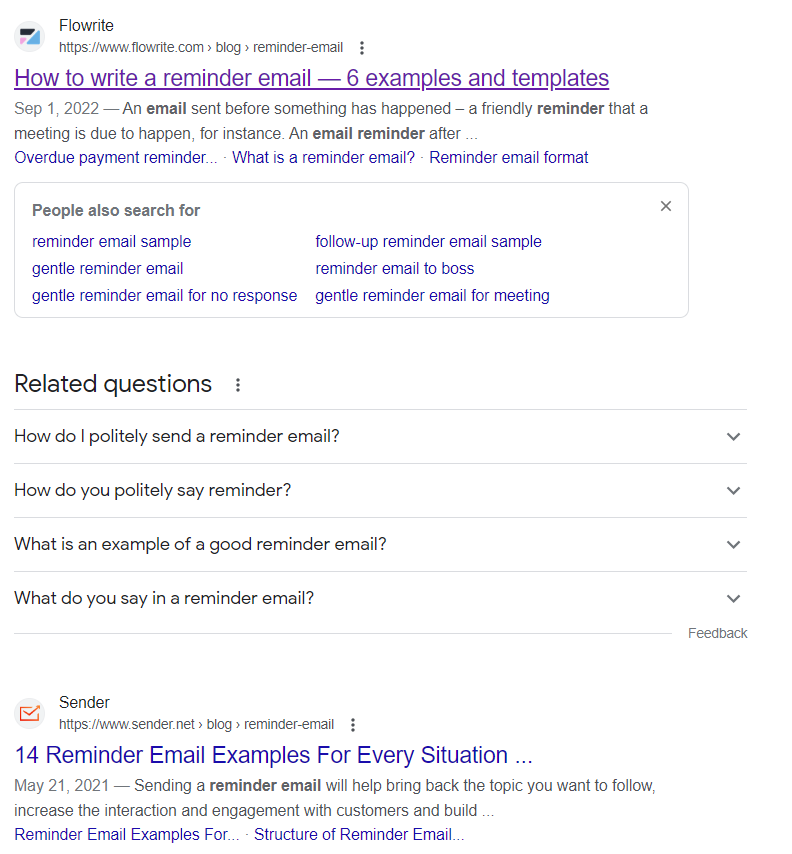
While your SEO and true competitors may overlap, understanding this distinction helps you optimize your SEO strategy and focus on the right battles – a smart move in the competitive digital landscape.
To better understand the difference, let’s take a look at some more examples of SEO competitors that aren’t your true competitors.
- A blog post from a digital marketing agency that ranks high for the keyword “best marketing strategies” while your website offers a marketing tool targeting the same keyword.
- An online publication that consistently ranks high for “best workout shoes,” while your e-commerce store sells athletic footwear and targets the same keyword.
- A forum or Q&A website like Quora or Reddit, where users discuss topics related to your niche or industry, ranking high for keywords relevant to your business.
SEO Competitor Analysis Tools
Let’s take a look at three of the most useful tools for running an SEO competitor analysis.
Ahrefs
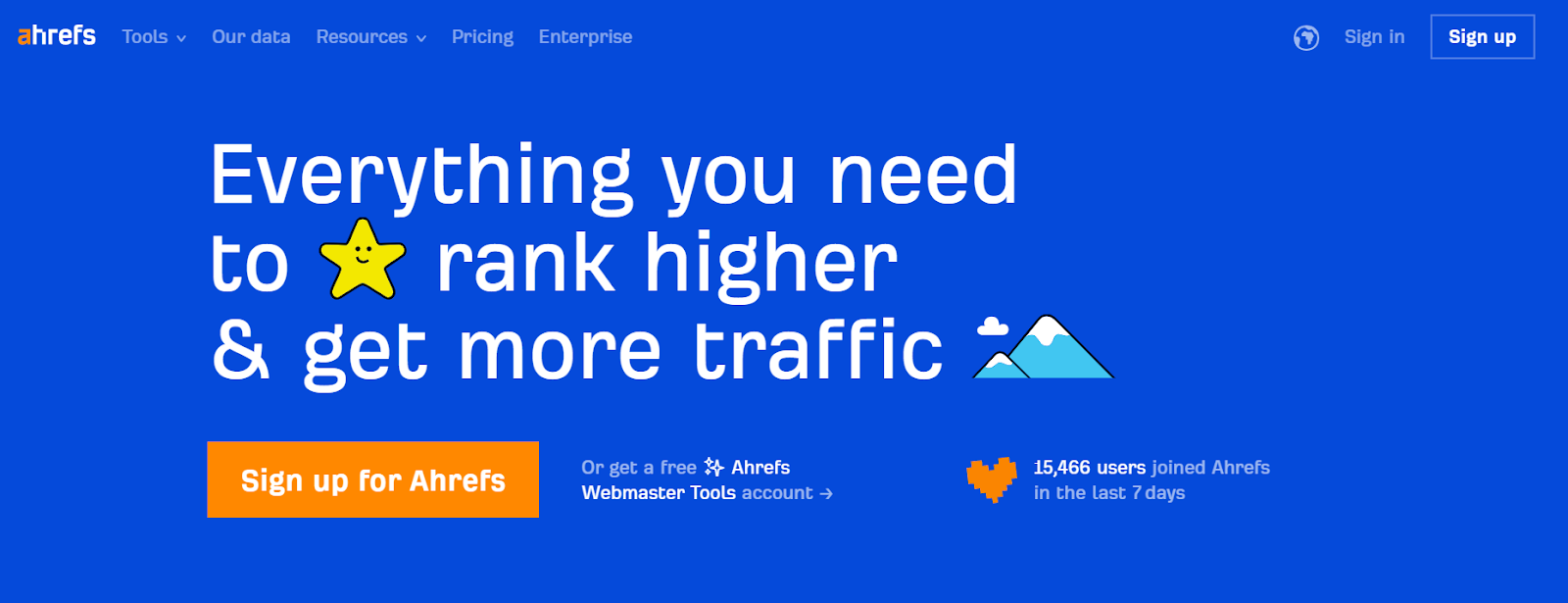
Ahrefs is a comprehensive competitor analysis tool that provides valuable insights into your competitors’ backlink profiles, organic keywords, and traffic.
Semrush

Like Ahrefs, Semrush offers a wide range of features for competitive SEO analysis, such as keyword gap analysis, backlink auditing, and traffic analytics – in addition to technical checks and every conceivable SEO function.
SpyFu
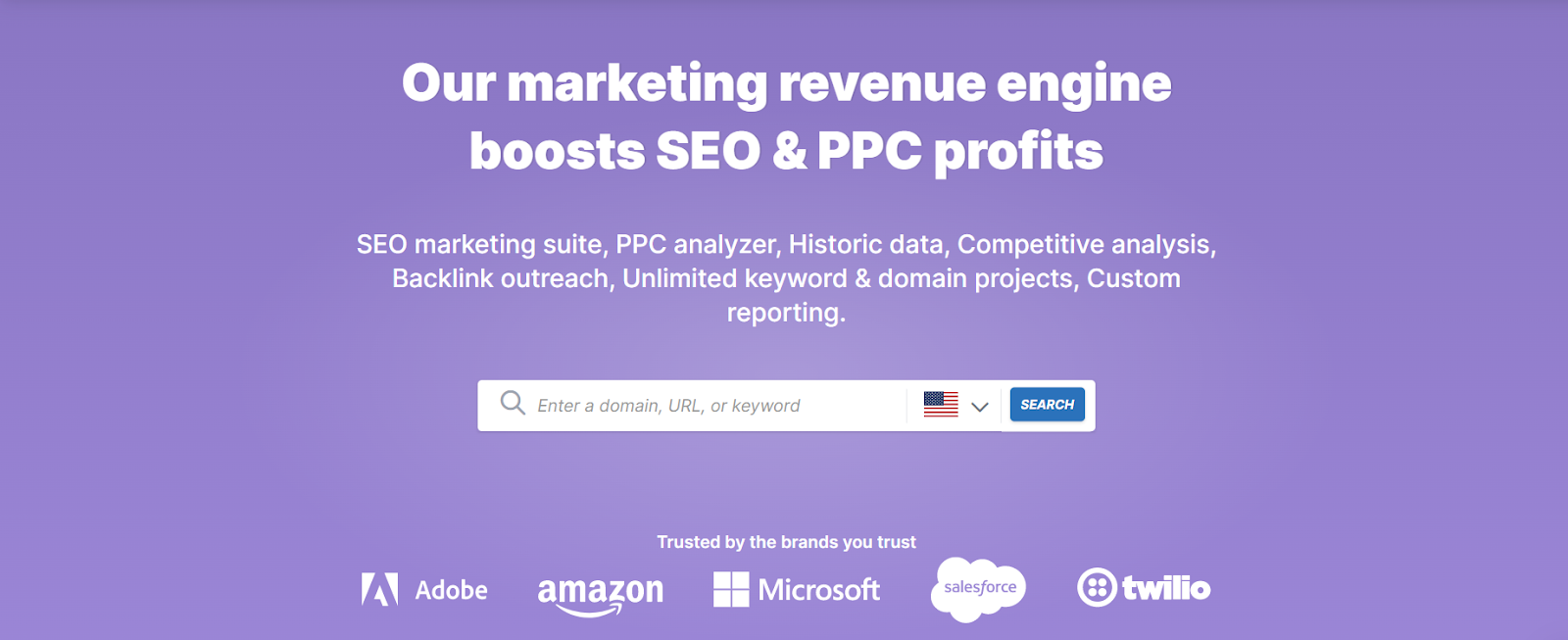
SpyFu specializes in revealing your competitors’ most profitable organic and paid search strategies. By analyzing their keyword usage, ad copy, and backlink sources, you can craft a more effective SEO and Google Ads campaign, outperforming them in search results.
SEO Competitor Analysis Metrics
Before we dive into the audit itself, let’s discuss some of the most important metrics to track during an SEO competitor research.
- Organic keywords
- Backlink profile (new and lost links, as well as their sources)
- Domain Authority (DA) and Page Authority (PA)
- Top-performing content
- Traffic sources and volume
- Click-Through Rate (CTR) and Bounce Rate
- Social media presence and engagement
- Keyword difficulty and search volume
If you have ever conducted an SEO audit of your own website, you may have noticed that the list above does not include nearly as many metrics as you would normally keep top of mind when auditing your own resource.
There’s no need to dissect your competitors’ websites down to the code, the list above should give you a very strong understanding of their strengths and weaknesses, without overwhelming you with data.
Competitor Keyword Research
Begin by entering your competitor’s domain in the SEMrush search bar (or any other tool of your choice) and navigate to the “Organic Research” section.
Examine their top organic keywords, SEO rankings, and search volume to spot keyword opportunities you might have missed.
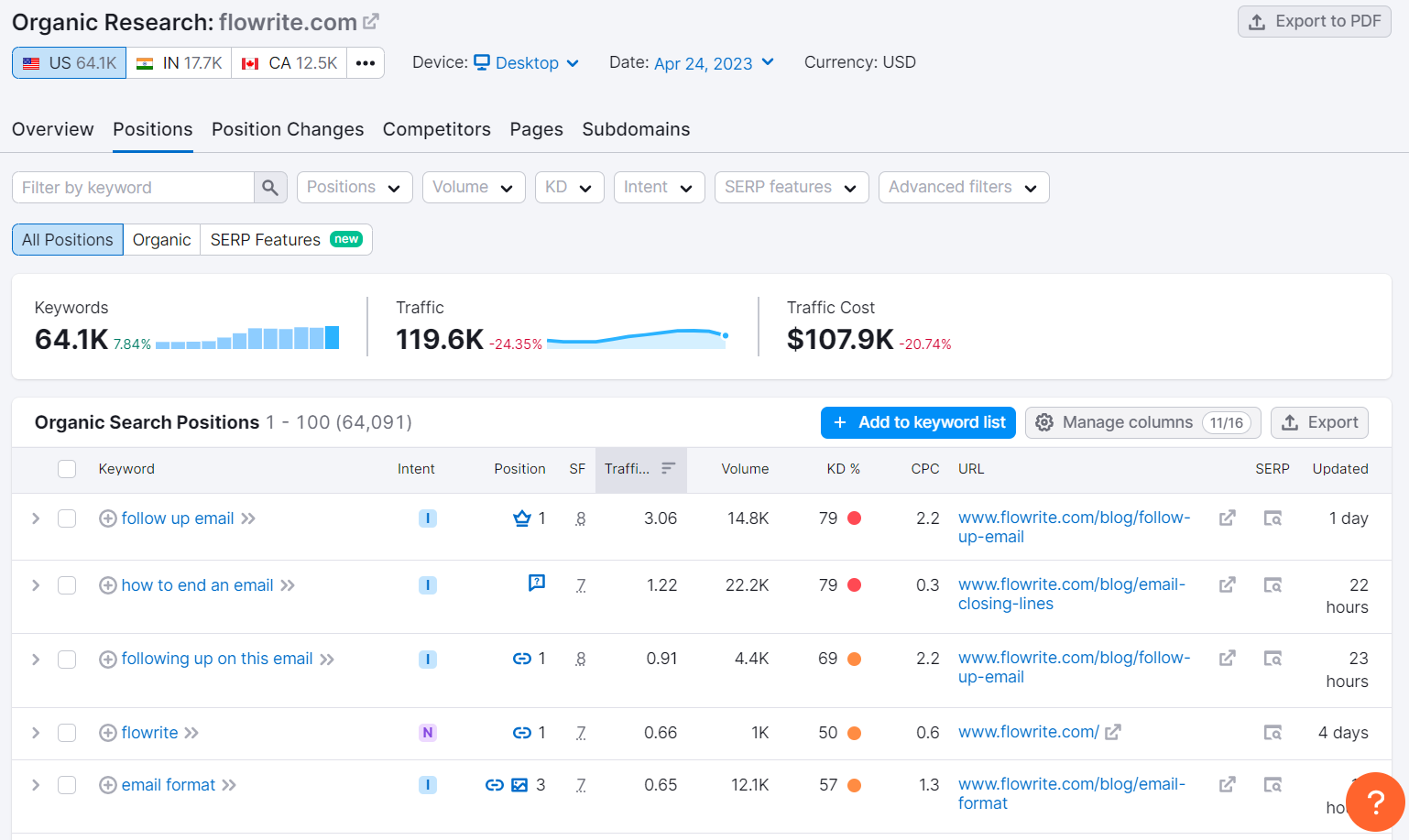
The “Keyword Gap” is a handy tool to compare your domain against your competitors, identifying common and unique keywords.
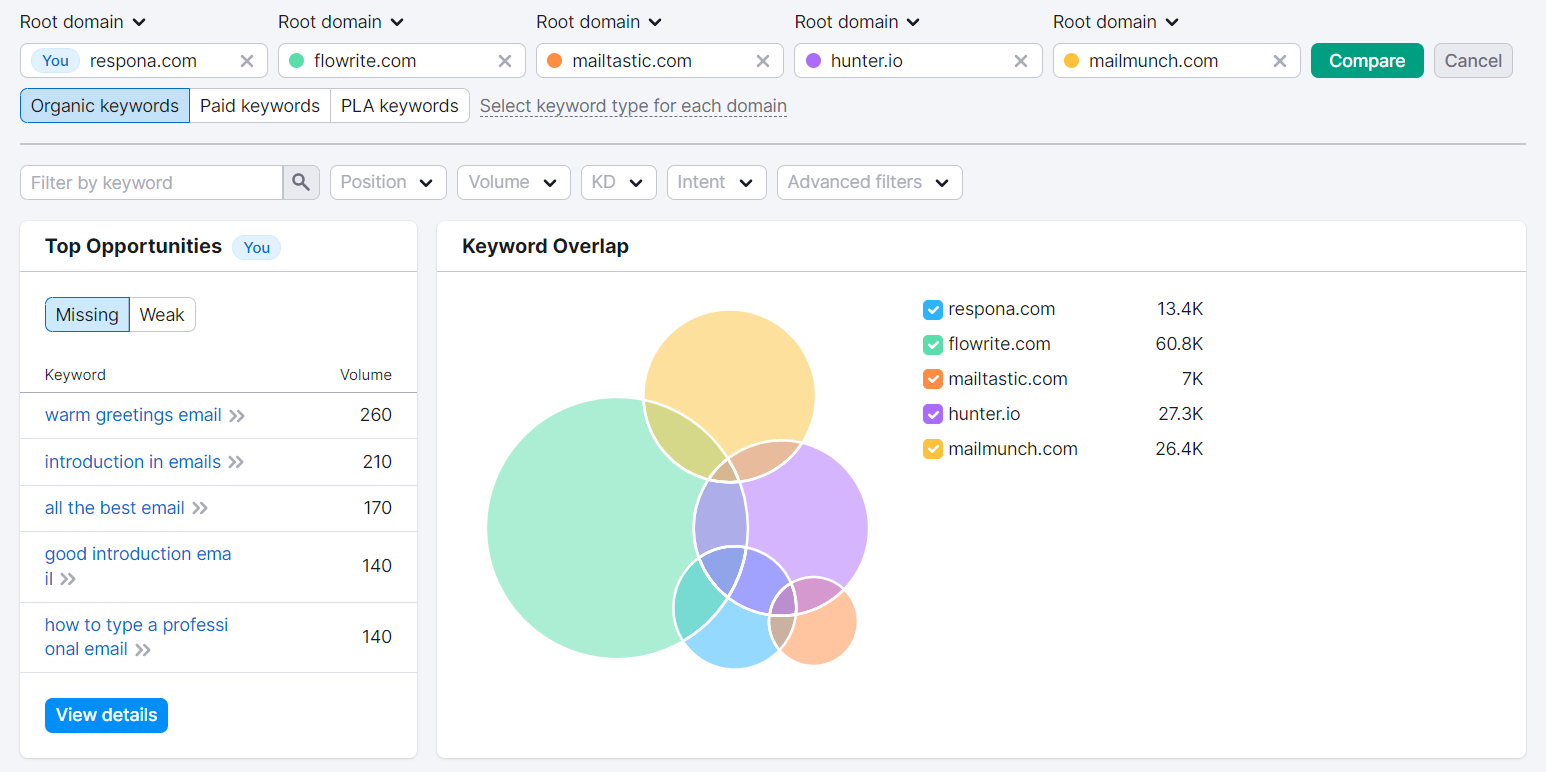
Look for high-potential, low-competition keywords that could provide you with a small, but easy boost in traffic..
For example, entering our domain along with 4 competitors has revealed 47 niche keywords that all of them are ranking for, but we aren’t.
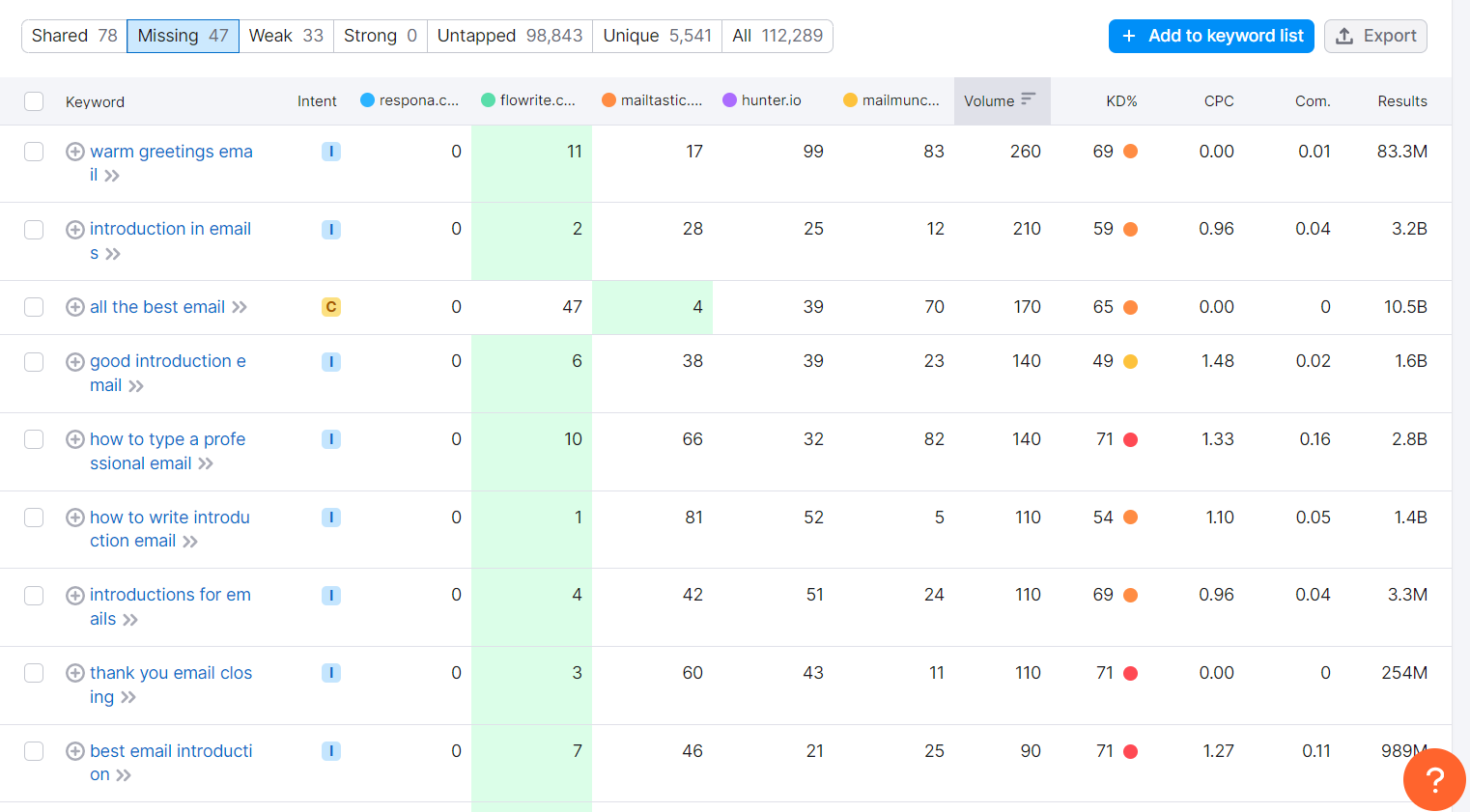
If we take a closer look at one of the keywords, “good introduction email”, we’ll see that it has a fairly decent global search volume and a relatively low difficulty score of 49.
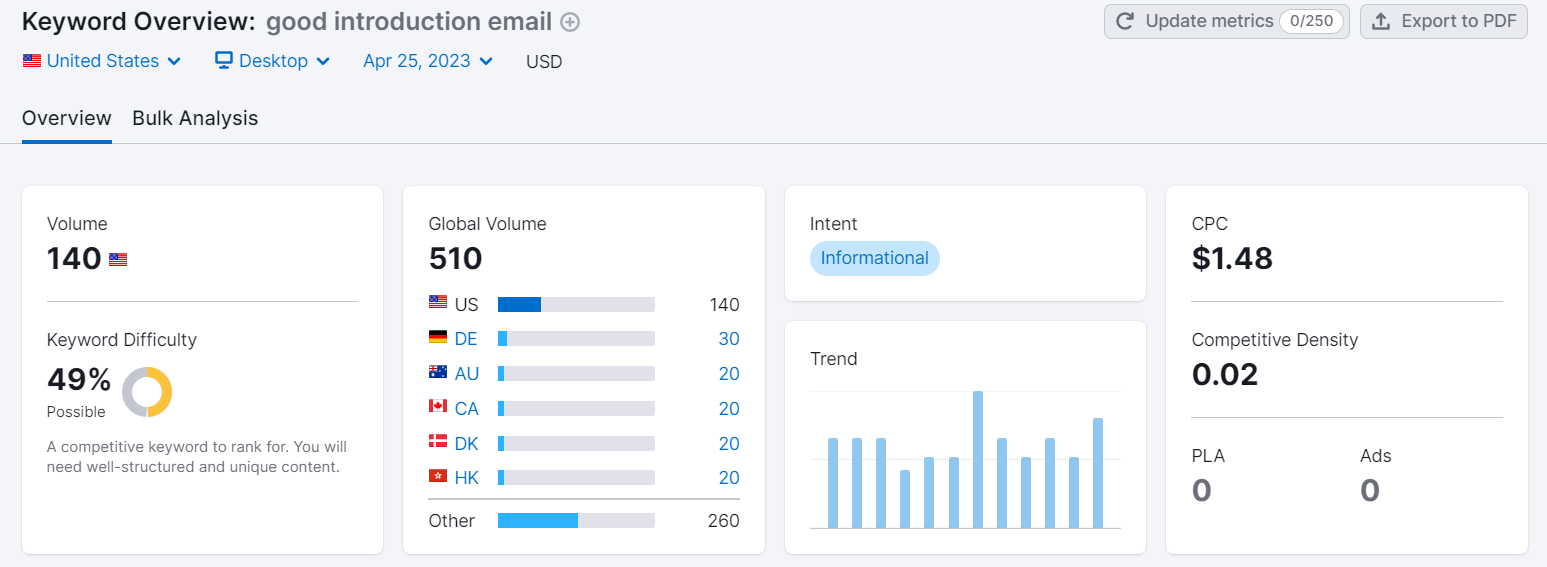
This means that it would be an easy keyword for us to rank for.
In addition to looking for keywords that your competitors are ranking for, it’s important to keep an eye on long-tail keywords that they haven’t yet discovered.
You can do so by entering your competitor’s domain into the “You” field instead of your own – and stacking them up against other competitors (preferably smaller ones, so you have a greater chance of outranking them), and looking for keyword ideas that they’re not ranking for.
Low-difficulty long-tail keywords are perfect opportunities to grab that extra little bit of traffic.
While they typically yield relatively low amounts of monthly searches, it’s not necessarily always the case.
For example, the “job offer acceptance email” that our competitor Flowrite is not ranking for is an extremely niche, long-tail keyword with only a 48% difficulty score, but yields an impressive 24K global search volume, one-tenth of which comes from our target region, the U.S.
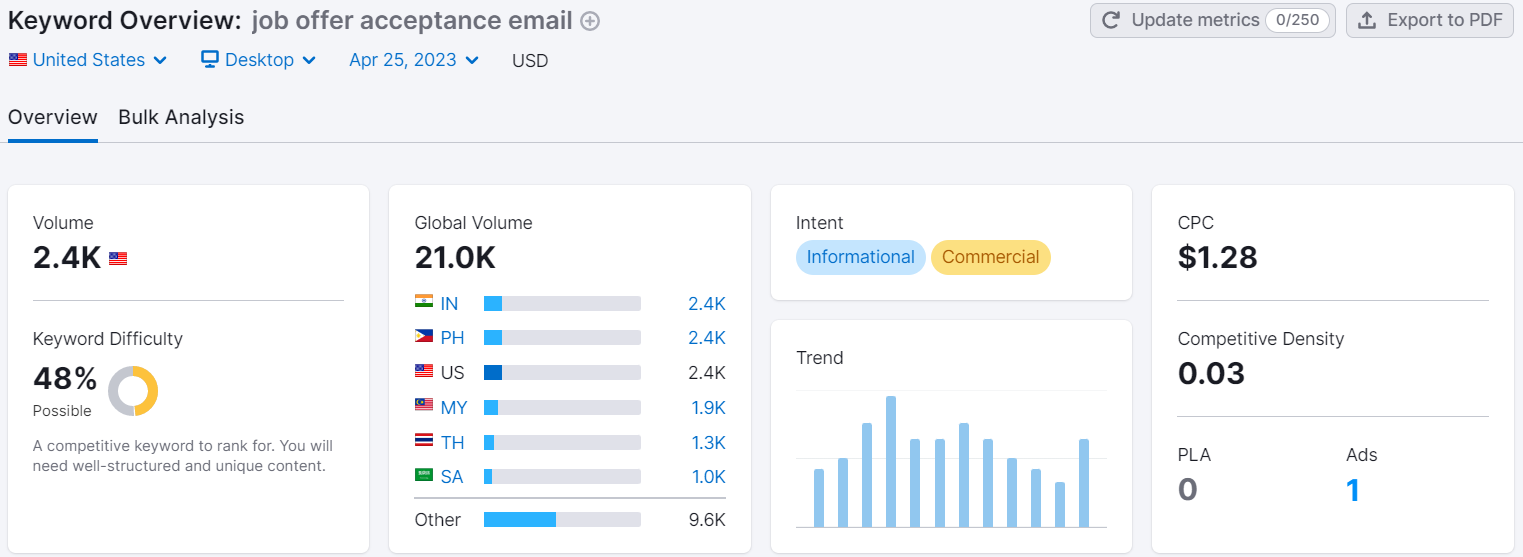
Content Gap Analysis
To identify your competitors’ top-performing content based on engagement, traffic, and backlinks, you can use tools like BuzzSumo, Ahrefs Content Explorer, or even the Semrush Top Pages report.
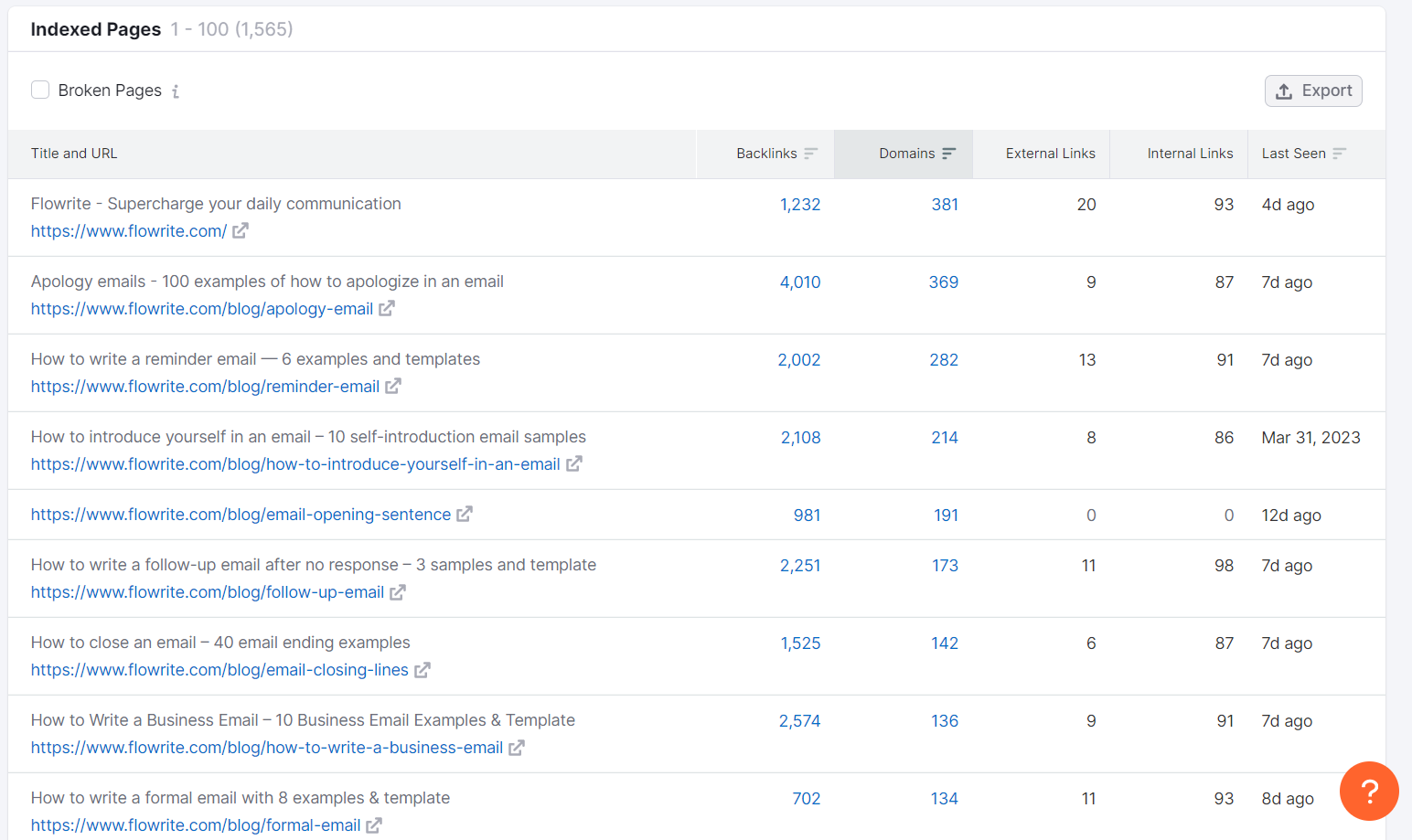
Look for the most popular content topics, formats, and lengths to spot patterns that resonate with your target audience.
For example, our competitor Flowrite seems to have quite a bit of luck with “how-to” guides on writing different kinds of emails, along with templates and examples.
This is also true for us, considering our three top-performing blog posts are on how to write “thank you”, reminder, and business emails.
By understanding these preferences, you can tailor your content strategy to outshine the competition.
Next, assess the quality of your competitors’ content by considering factors like readability, relevance, depth, and presentation.
Did they miss an important step in their “comprehensive guide”? Maybe their step-by-step instructions weren’t clear enough? Could their “top x list” be expanded with more items? Or maybe they’re trying to target a keyword with transactional intent with a blog post?
For example, none of the top 10 results for “top link building services” list more than 16 agencies.
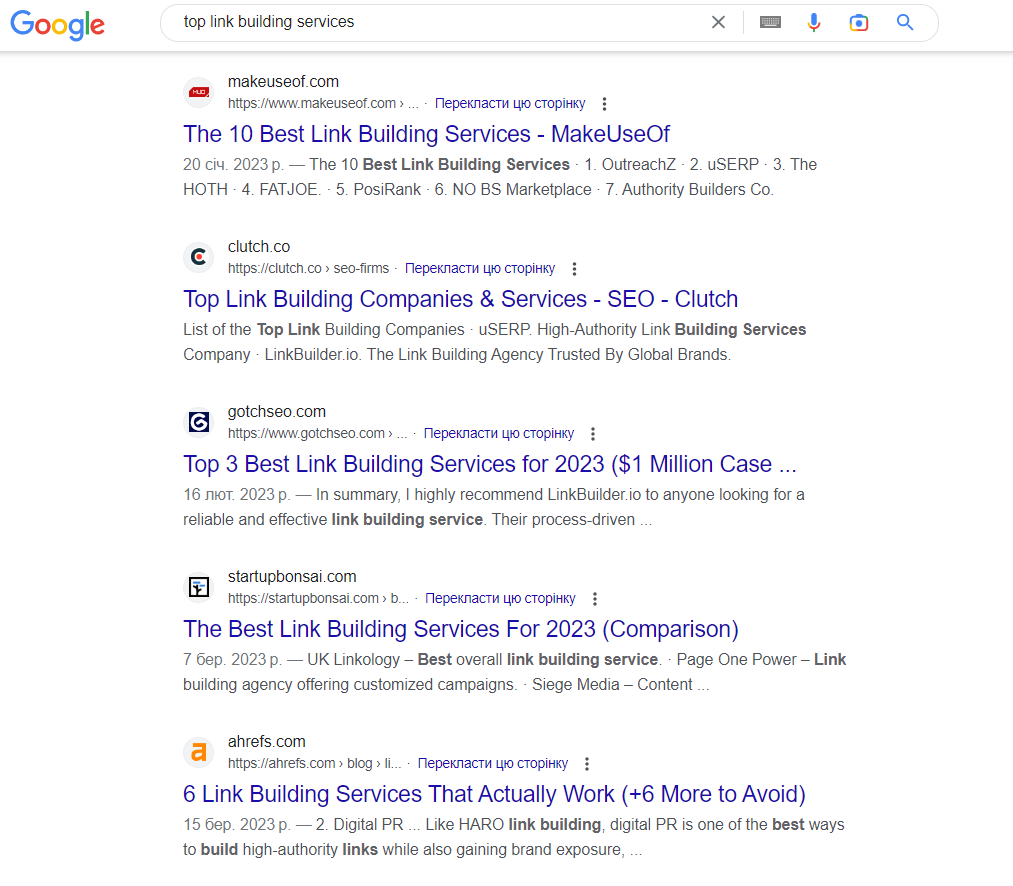
There are definitely more than 16 trustworthy link building agencies that can be put on such a listicle – and bigger listicles tend to be favored by both search engines and users.
Also, look for factors like keyword usage, title tags, meta descriptions, URL structure, header tags, and image alt tags.
But ideally, you should seek out topics or keywords that your competitors have not covered or addressed inadequately (a.k.a. the keyword gap we discussed above).
This presents an opportunity for you to create unique, valuable content that fills the gaps and potentially ranks higher in search engine results.
It can be hard to outrank an already-established piece of content, even if your article is top-notch, so we recommend going for the low-hanging fruit first.
Backlink Profile Analysis
A strong backlink profile can make or break your positions in search engine results pages, even if your content is of the same quality as that of your competitors.
Checking their backlink profiles serves two purposes: gives you insights into their link building strategies, and provides you with strong (but easy) link building opportunities to go for yourself.
Examine their overall backlink profile, including the quantity, quality, and diversity of referring domains and backlinks.
Identify their most linked-to content and pinpoint the sources of these high-quality backlinks.
This knowledge helps you craft link-worthy content and target similar authoritative sites for your own link-building efforts; or even the same ones.
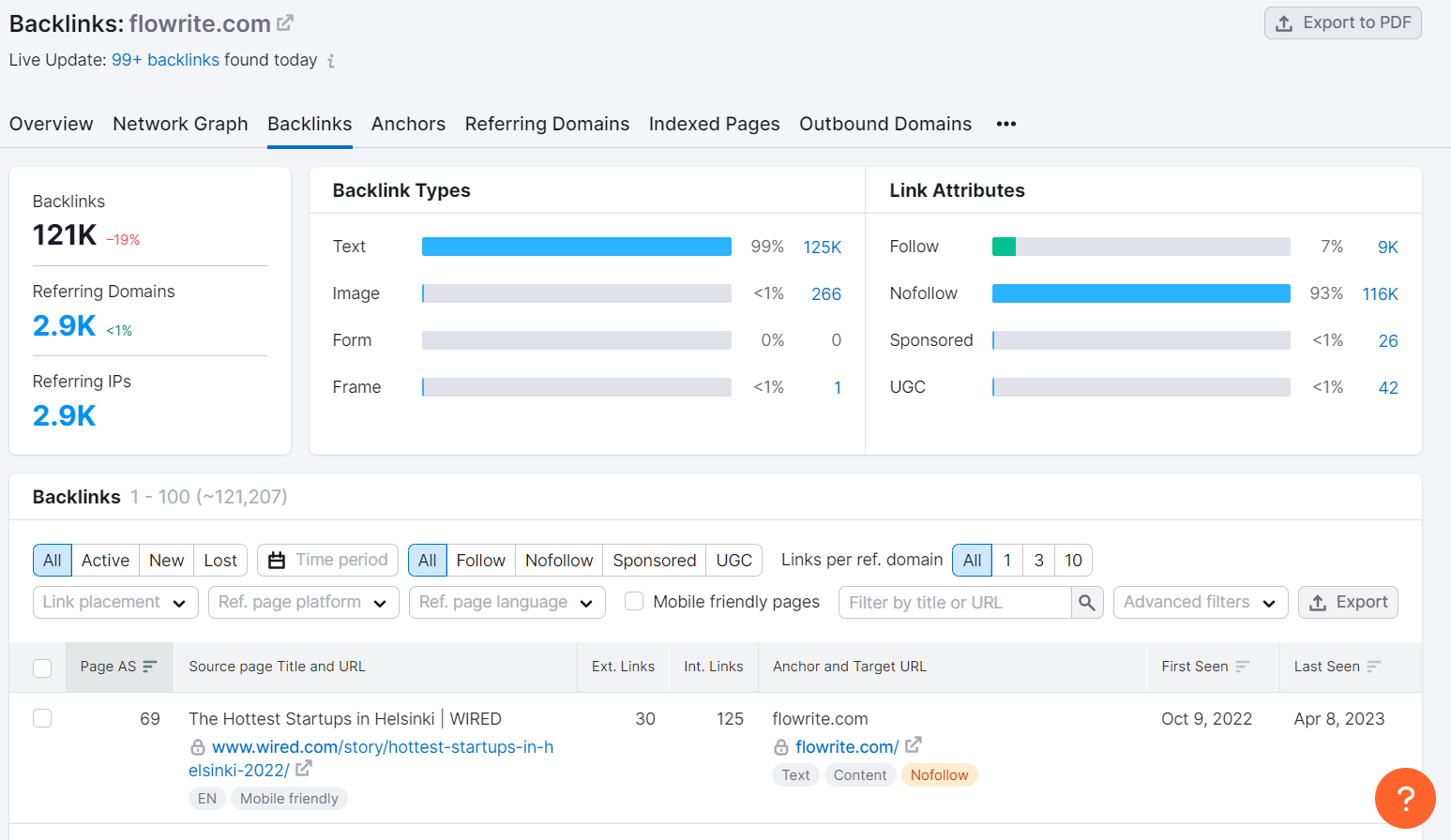
Semrush has another handy SEO tool for finding untapped link building opportunities: the “Backlink Gap”.
Similar to the Keyword Gap we discussed earlier, it highlights domains that are linking to your competitors but not to you.
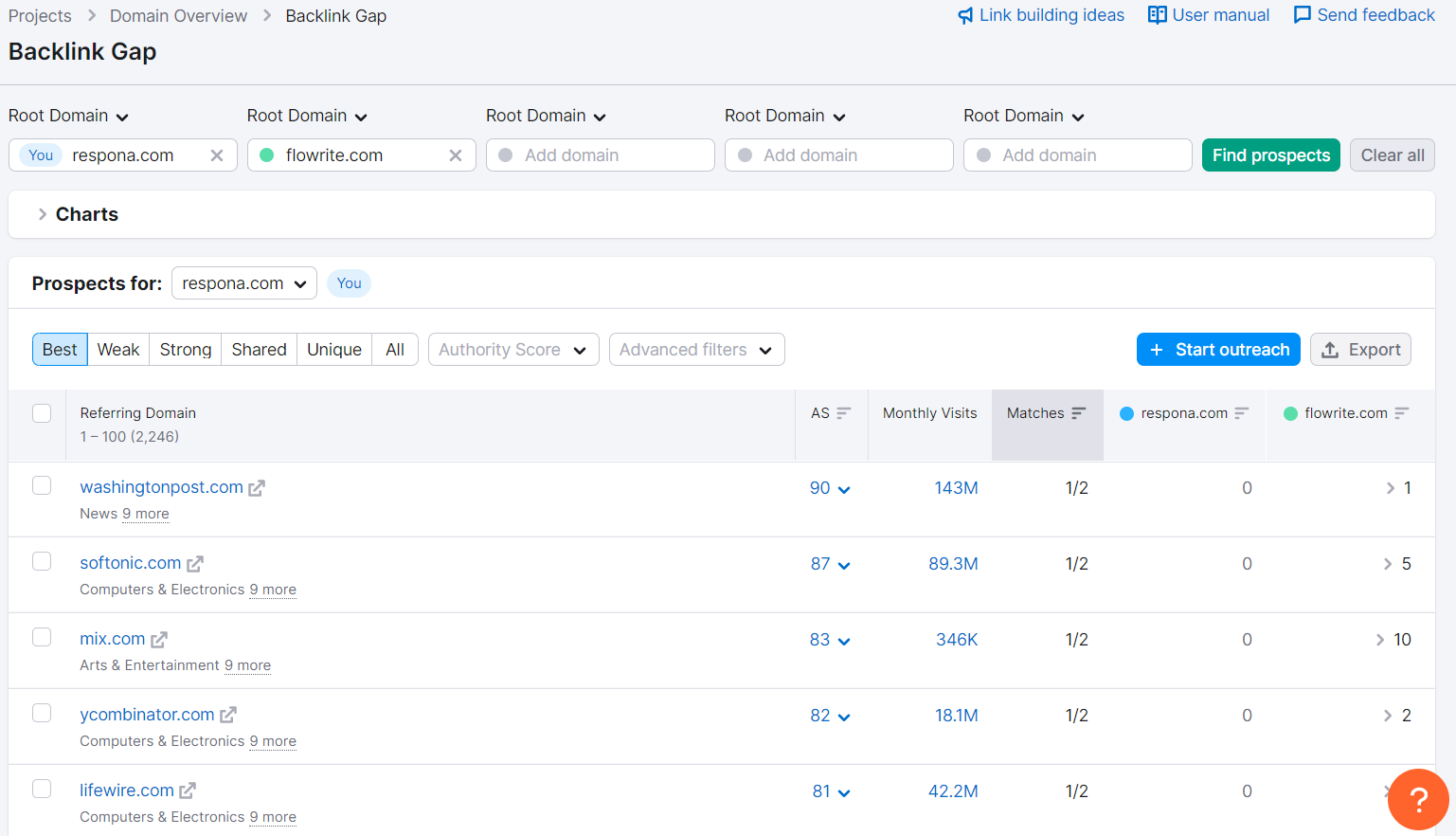
In most cases, all it takes to secure a link from one of these is a strong value proposition (such as an indirect link back to them from one of your upcoming guest posts).
Another advantage of using your competitors’ backlink profile for link building prospecting is the fact that you can often discover hundreds of untapped domains within only a few minutes, greatly speeding up your link building outreach campaign.
Technical Analysis
Technical SEO competitor analysis plays a much lesser role than comparing your competitors’ and your keyword and content strategies, and backlink profiles.
But, it can still be useful to learn from others’ mistakes.
Start by utilizing tools like GTmetrix or Google PageSpeed Insights to compare your competitors’ site loading speed and mobile-friendliness.
For example, according to PageSpeed Insights, Flowrite is failing its core web vitals assessment:
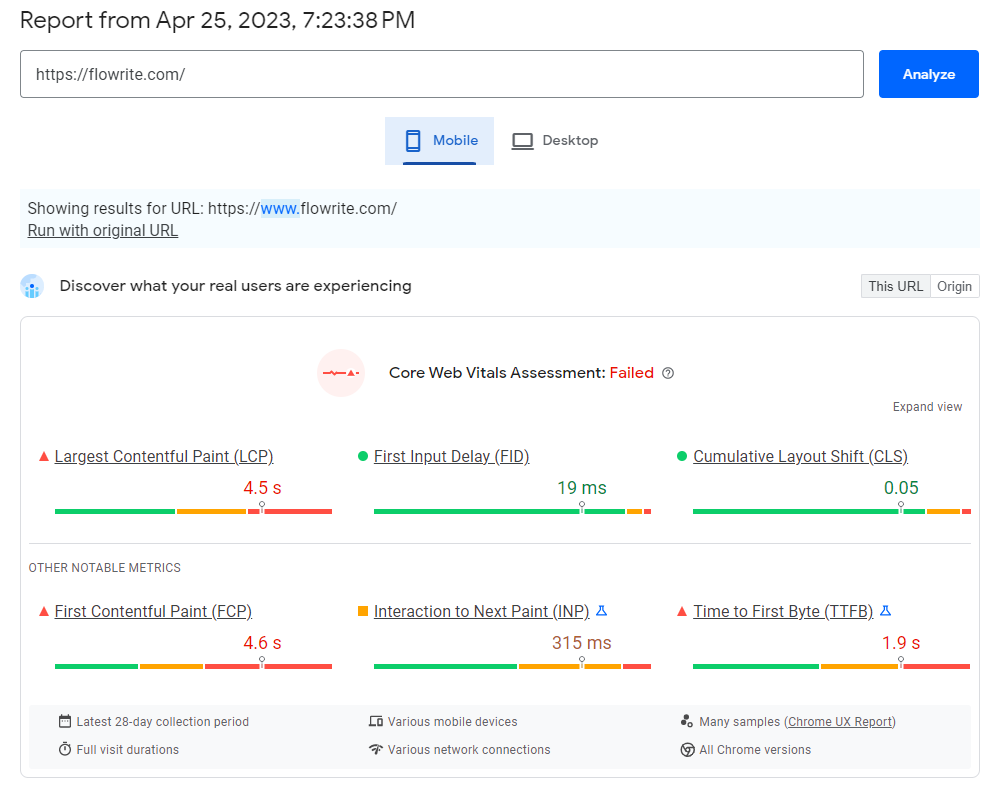
More specifically, their JavaScript is in need of some optimization:
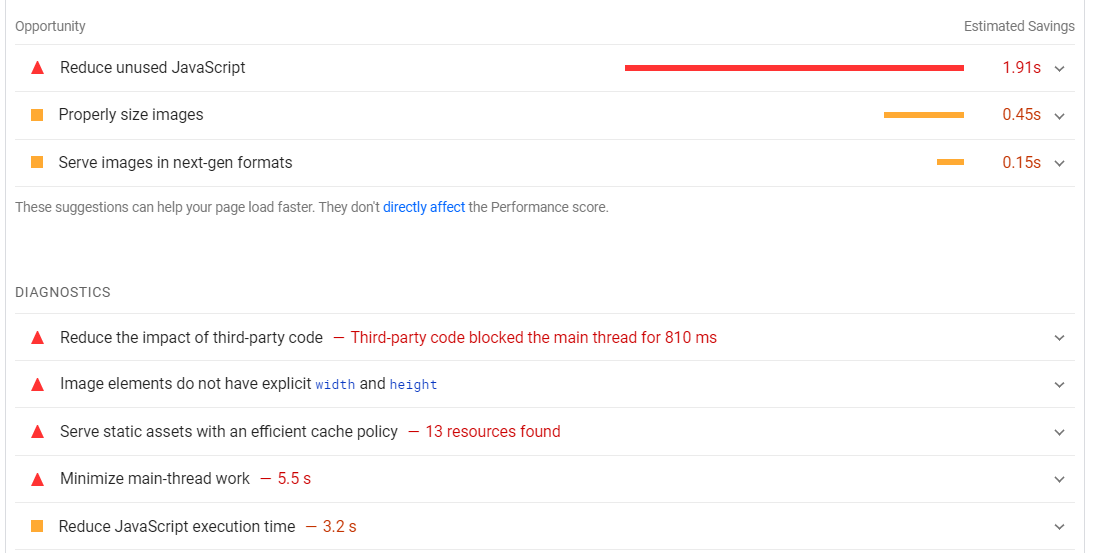
A well-structured, smoothly-running website enhances user experience (and in some cases, search engine accessibility), so understanding your competitors’ shortcomings can help you outperform them.
However, Google has recently removed mobile-friendly ranking, page speed, and secure site systems from their documented ranking systems in one of the recent updates, so treat the results of your site speed audits as usability suggestions rather than concrete ways to improve your ranking.
Link building cheat sheet
Now Over To You
In conclusion, SEO competittive analysis is an indispensable aspect of any successful digital marketing strategy.
Now that you’re well-versed in the essentials of SEO competitor analysis, it’s time to take action and start implementing these SEO tactics to outshine your competition.
To help you get started on the right foot, we’re offering a 7-day free trial of Respona, a powerful email outreach tool specifically designed for link building.
With Respona, you can easily streamline your outreach efforts and start building strong, valuable relationships with industry influencers and websites that truly matter to your business.
Frequently Asked Questions (FAQ)
Why is an SEO competitor analysis important?
An SEO competitive analysis is crucial as it uncovers your rivals’ strengths, weaknesses, and strategies, enabling you to make informed decisions and tailor your own SEO plan to outperform them in search rankings. It’s a proactive approach to stay ahead in the competitive digital landscape.
How do I identify my SEO competitors?
Your SEO competitors are websites that rank for the same keywords and target the same audience as you do.
Tools like SEMrush, Ahrefs, or Moz can help you identify your top organic competitors based on shared keyword rankings.
What tools can I use for SEO competitor analysis?
Some popular tools for conducting an SEO competitor analysis include SEMrush, Ahrefs, Moz Pro, SpyFu, and SERanking.
These tools offer features for analyzing keywords, backlinks, content, and technical aspects of your competitor websites.
How often should I conduct an SEO competitor analysis?
Performing an SEO competitor analysis at least once every 3-6 months is recommended.
Regular analysis helps you stay updated on your competitors’ tactics, adapt to market changes, and maintain a competitive edge in search rankings.
Can I use the same SEO strategies as my competitors?
While analyzing your competitors’ strategies is beneficial, it’s crucial to tailor those tactics to your unique business and audience.
Emulate their successes but also find opportunities to innovate and differentiate, ensuring your SEO campaign is customized, effective, and outshines the competition.







